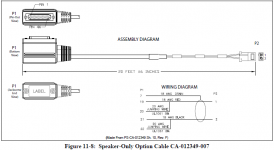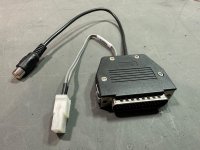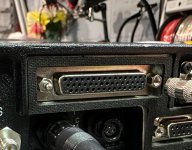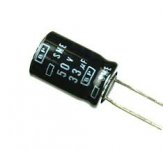So I am by no means electronically inclined enough to understand exactly what I need to do to build my own speaker cable. I have 2 Front Mount Unity Radios with CH721 heads and would like to get away from the Harris Accessory Cable that is dawg gone near as bulky as the radio itself.
I purchased a 44pin breakout board to prototype and I have 44pin assemblies to make a finished product. First things first, I connected the speaker wire directly to pins 19/21 and I get nice clear audio.
I see in the schematic Below there are some loop-d-loops around Pin/Cable 19/20 & 21/22 that go to Pin7 Drain...
My question is what am I or how am I suppose to do that? Is that just shielding? I know Pin 7 is ground... I just don't want anything smoking in my shop.
Any help would be, well... very helpful. Thanks.
I purchased a 44pin breakout board to prototype and I have 44pin assemblies to make a finished product. First things first, I connected the speaker wire directly to pins 19/21 and I get nice clear audio.
I see in the schematic Below there are some loop-d-loops around Pin/Cable 19/20 & 21/22 that go to Pin7 Drain...

My question is what am I or how am I suppose to do that? Is that just shielding? I know Pin 7 is ground... I just don't want anything smoking in my shop.
Any help would be, well... very helpful. Thanks.





